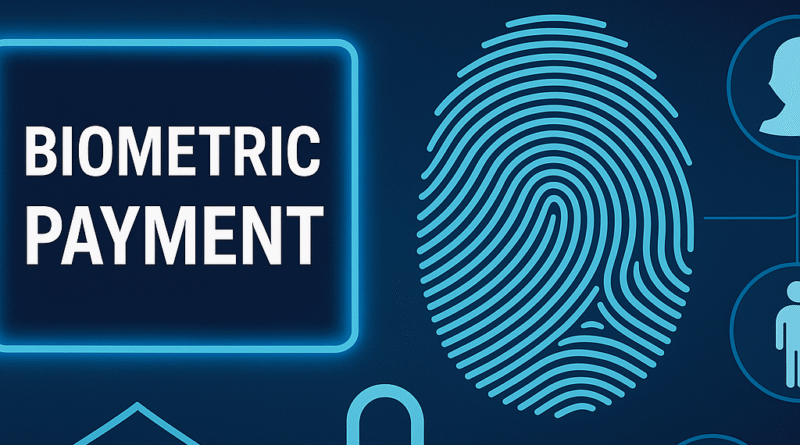Biometric Security in Banking: Why Your Face Might Be the Future of Finance
Banks used to protect your money with a password. Now, they’re using your face, your voice, even the veins in your hand. It sounds like science fiction, but it’s happening right now, and fast. Biometrics—things that make you physically you—are taking over how banks verify who you are. The goal? Make banking safer, quicker, and harder for scammers to break into.
Let’s break down what’s going on, how it works, what’s at stake, and where it’s headed.
🔐 What Exactly Is Biometric Security?
Biometric security means using unique parts of your body or behavior to prove your identity. We’re talking fingerprints, facial recognition, voice scans, iris patterns, and even the way you walk or type.
Most banks now let you log in with a fingerprint or face scan. Some even use your voice over the phone to check if it’s really you. And we’re not just talking about apps. ATMs in parts of Asia and Europe already use iris scanners or hand vein readers. That’s right—your veins. Because no one has your exact pattern.
🏦 Why Are Banks Doing This?
Three big reasons:
- Passwords are a pain. People forget them, reuse them, or use weak ones. Hackers love this.
- Fraud is rising. Online banking scams are growing, and criminals are getting clever.
- Phones make it easy. Most smartphones come with fingerprint and face scanners. Banks are just using what’s already there.
COVID-19 gave biometrics another push. Everyone wanted touch-free options. So, banks doubled down on face and voice recognition.
🧠 How Does It Work?
Here’s the basic idea:
- You register your fingerprint, face, or voice with the bank.
- When you want to access your account or make a big transfer, the system checks if your scan matches the one on file.
- If it matches, you’re good to go.
Some systems don’t actually store your raw data—they store a code made from it. That way, even if someone hacks into the system, they don’t get your actual fingerprint.
⚠️ What Could Go Wrong?
Biometrics sound great, but there’s a catch.
You can’t change your face or fingerprints. Once stolen, always stolen. If someone hacks a biometric system and gets your data, it’s not like you can just “reset” your thumb.
Hackers are also figuring out how to fool scanners. 3D printed fingerprints, AI-generated voice clones, or high-quality photos can sometimes trick systems that aren’t smart enough to know the difference.
Then there’s the privacy issue. Some folks worry banks might collect too much data—or use it in ways they shouldn’t. Like sharing it without telling you, or tracking you more than necessary.
⚖️ What’s the Law Say?
That depends where you live.
- In the EU, the GDPR sets strong rules. Banks have to be upfront, get clear permission, and let people back out.
- In the U.S., rules vary by state. Illinois has one of the strongest laws. But other states are pretty relaxed about it.
Banks have to be careful not just with hackers, but with lawyers, too.
🔮 Where’s It All Headed?
Biometric banking is growing—fast. But it’s not stopping at fingerprints.
- Some banks are combining different methods—like face + voice—to double-check identity.
- Others are exploring “behavioral biometrics,” which look at how you move, type, or use your phone.
- AI is getting involved, spotting small changes that might suggest fraud in real time.
And soon, you may not need to “log in” at all. Your phone might just recognize you and open your account when you pick it up.
🤝 A Matter of Trust
Biometrics feel safe. But they are personal. Banks have to earn customer trust by being honest about how they use and protect biometric data. That means clear privacy policies, options to opt out, and strong encryption.
This isn’t just about cool tech. It’s about identity, safety, and consent. If banks get it right, they’ll make our lives easier. If not? They risk losing trust—and that’s harder to fix than a hacked account.
Biometric security isn’t just another trend—it’s shaping the future of banking. But as with all powerful tools, it comes with responsibility. Banks, regulators, and customers all have a role to play in keeping that future safe, fair, and secure.




